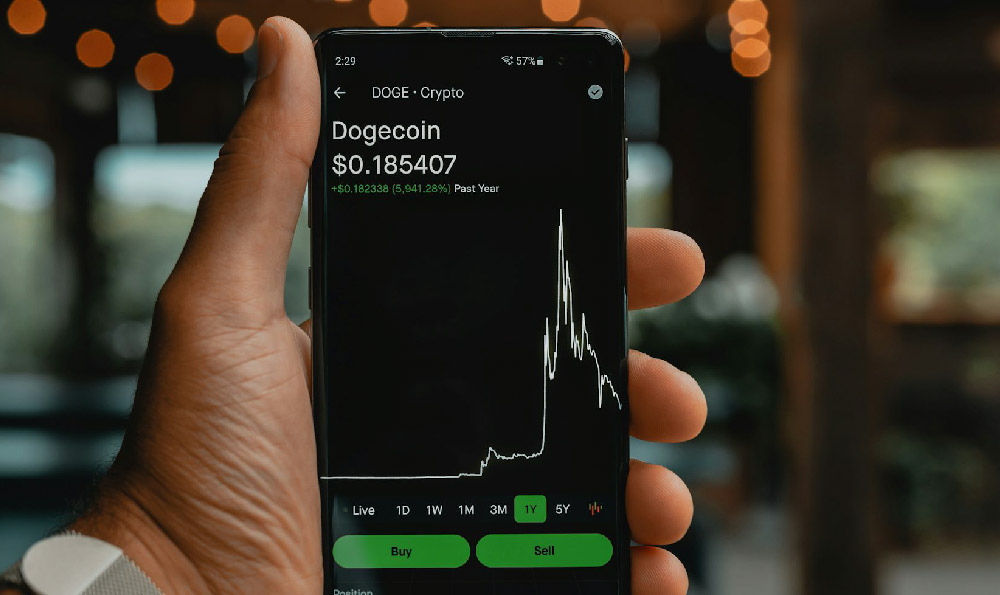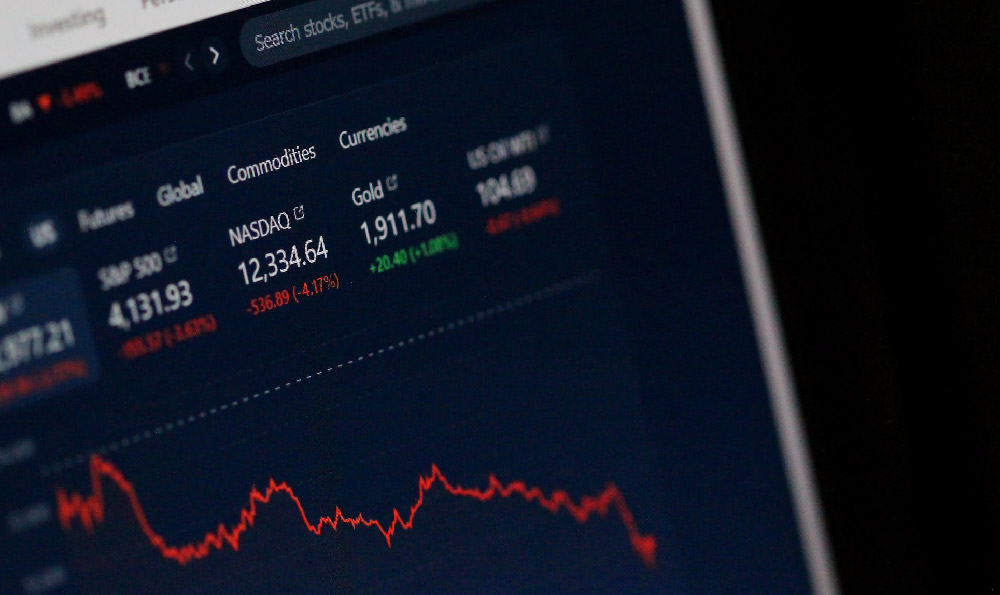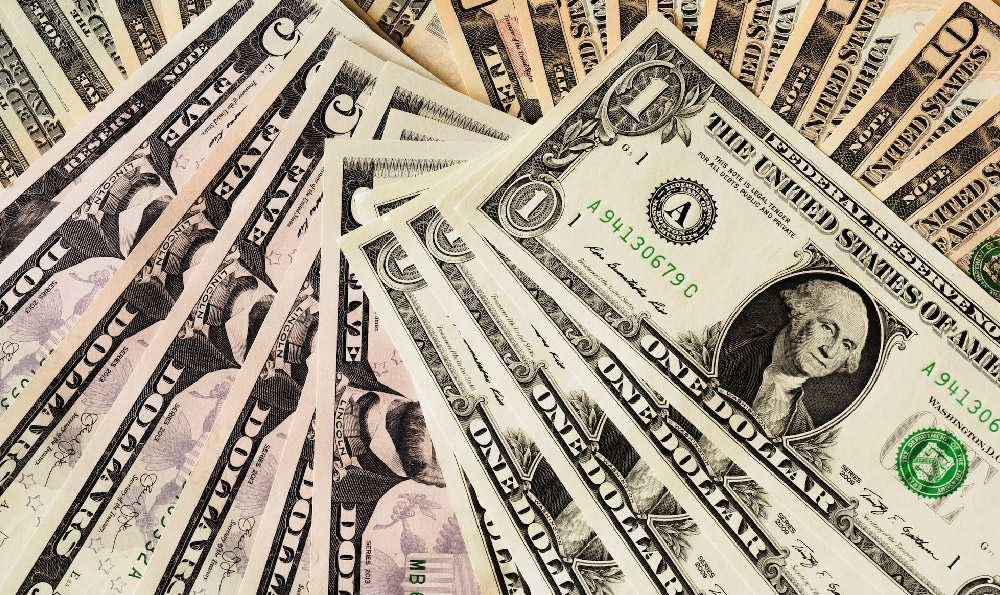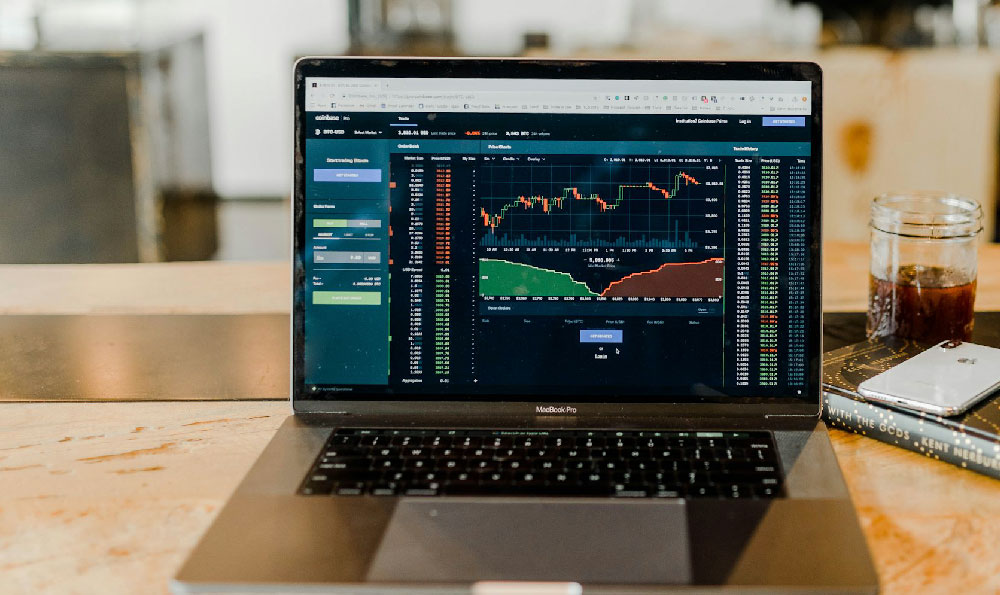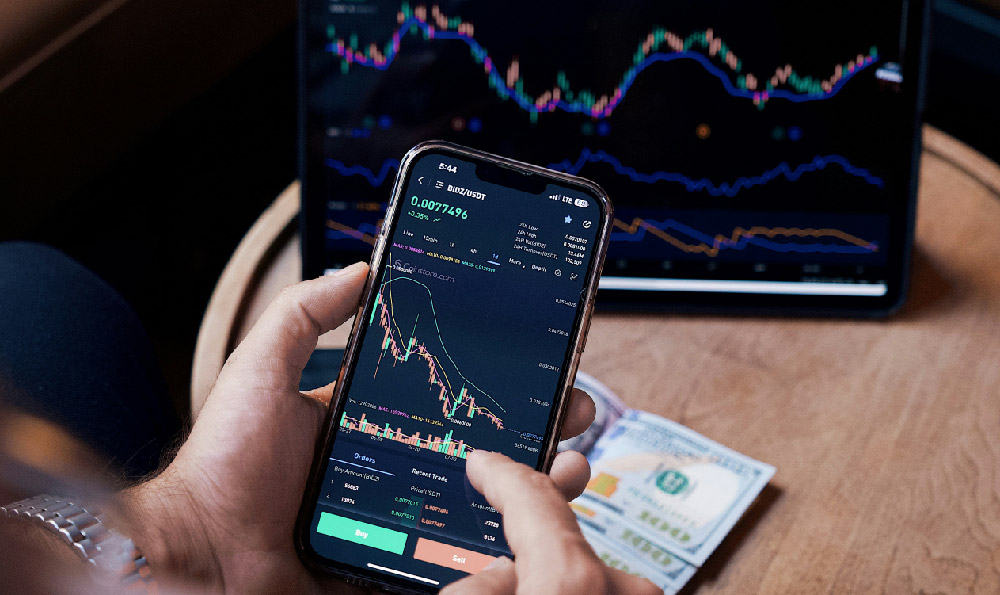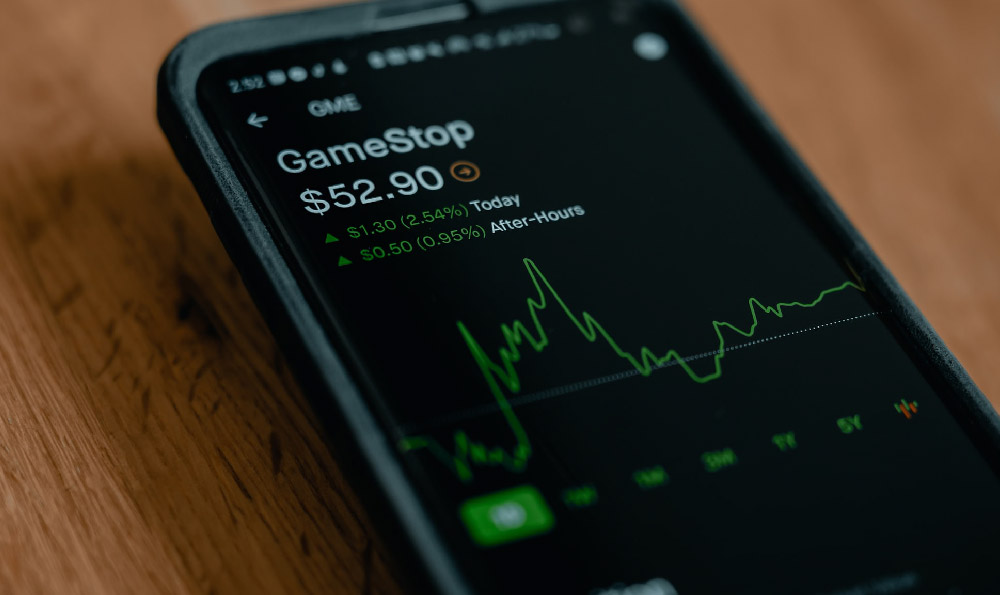Driving for Uber can seem like an attractive way to earn money, offering flexibility and the potential to be your own boss. However, the reality of making a substantial income driving for Uber is far more complex than the initial allure suggests. The question of whether you can really make money driving for Uber, and if it's worth the effort, requires a thorough examination of various factors.
The initial calculation often focuses on the gross fares you earn per ride. Uber drivers are paid a fare that is determined by a combination of factors, including the base fare, the distance traveled, and the time spent on the trip. Surge pricing can also significantly impact earnings, allowing drivers to earn more during periods of high demand. However, focusing solely on gross fares paints an incomplete picture. A significant portion of a driver's earnings goes towards covering operating expenses, which can dramatically reduce the actual profit margin.
One of the most significant expenses is fuel. The cost of gasoline can fluctuate significantly depending on location and market conditions, directly impacting a driver's profitability. Consider a scenario where gas prices are high; the difference between what you earn per ride and what you spend on fuel can become quite narrow, especially for shorter trips. Regular maintenance is another major expense. Driving for Uber puts considerable wear and tear on your vehicle. Oil changes, tire rotations, brake replacements, and other repairs become frequent and unavoidable costs. Failing to maintain your vehicle properly can lead to even more expensive repairs down the line and can also impact your safety and the safety of your passengers. Depreciation is also a often overlooked cost. The more miles you put on your car, the faster its value depreciates. This depreciation represents a hidden expense that eats into your profits. While you may not feel the impact immediately, it becomes apparent when you try to sell or trade in your vehicle.

Insurance is another crucial factor. Standard personal auto insurance policies typically do not cover accidents that occur while driving for commercial purposes, such as driving for Uber. Drivers need to obtain commercial auto insurance or a rideshare insurance policy, which can be significantly more expensive than personal insurance. Without proper insurance coverage, you risk being personally liable for damages and injuries in the event of an accident. Vehicle depreciation is another key element to consider. The relentless miles driven in ride-sharing quickly diminish a car’s value. This silent killer eats away at potential profits.
Beyond the direct costs, other factors can impact your earnings. The amount of time you spend waiting for ride requests can significantly reduce your hourly rate. You may be driving without passengers, which consumes fuel without generating any income. Competition from other Uber drivers can also reduce your chances of getting ride requests, especially during off-peak hours. The city you drive in also matters a great deal. Densely populated urban areas with high demand for ride-sharing services typically offer more opportunities to earn money. However, these areas may also have higher operating costs, such as gas and parking. Rural areas may have lower operating costs, but demand for ride-sharing services may be limited.
Earnings can also be affected by unexpected events. Accidents, traffic jams, and road closures can disrupt your driving schedule and reduce your earnings. Passengers who cancel rides after you have already arrived can also cost you time and money. Furthermore, Uber's commission structure plays a significant role in your earnings. Uber takes a percentage of each fare, and this percentage can vary depending on the city and the type of service you provide. It's essential to understand Uber's commission structure in your area to accurately calculate your potential earnings.
Income tax is another factor that drivers need to consider. As an independent contractor, you are responsible for paying your own income taxes and self-employment taxes. You will need to track your earnings and expenses throughout the year and file Schedule C with your tax return. It's advisable to consult with a tax professional to understand your tax obligations and to take advantage of any deductions you may be eligible for.
However, there are strategies to maximize your earnings while driving for Uber. Driving during peak hours and in high-demand areas can increase your chances of getting ride requests and earning surge pricing. Providing excellent customer service can lead to higher ratings and tips. Taking advantage of Uber's promotions and incentives can also boost your earnings. Managing your expenses carefully, such as finding the cheapest gas prices and performing routine maintenance, can help to reduce your operating costs. Some drivers also use fuel-efficient vehicles or hybrid cars to save on gas costs. Tracking your mileage and expenses diligently can help you to maximize your tax deductions.
Ultimately, the question of whether you can make money driving for Uber and if it's worth it depends on your individual circumstances. Consider your operating costs, your location, your driving habits, and your financial goals. It's essential to do your research, create a budget, and track your earnings and expenses carefully. Driving for Uber can be a viable option for some people, but it's not a get-rich-quick scheme. Success requires careful planning, diligent execution, and a realistic understanding of the challenges involved. Before deciding to drive for Uber, it is crucial to weigh the pros and cons and determine whether it aligns with your financial goals and lifestyle. It might be worthwhile as a side hustle for extra income but depending on it as a sole source of income requires diligent management and a keen awareness of all associated costs.



